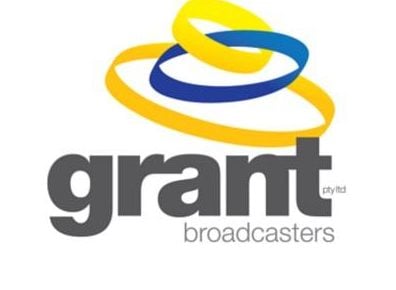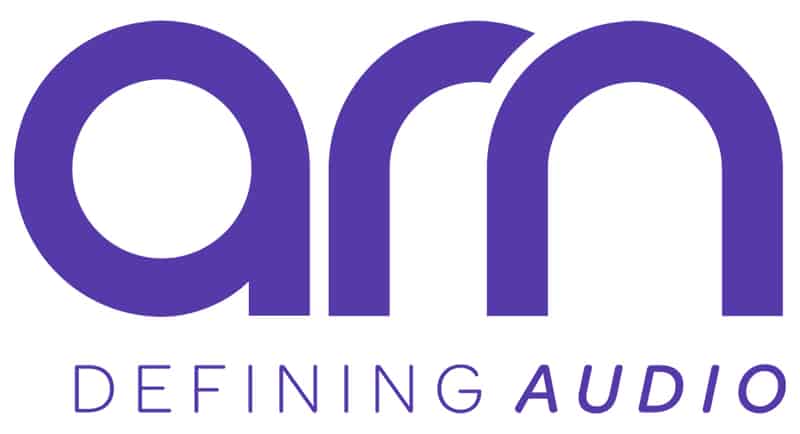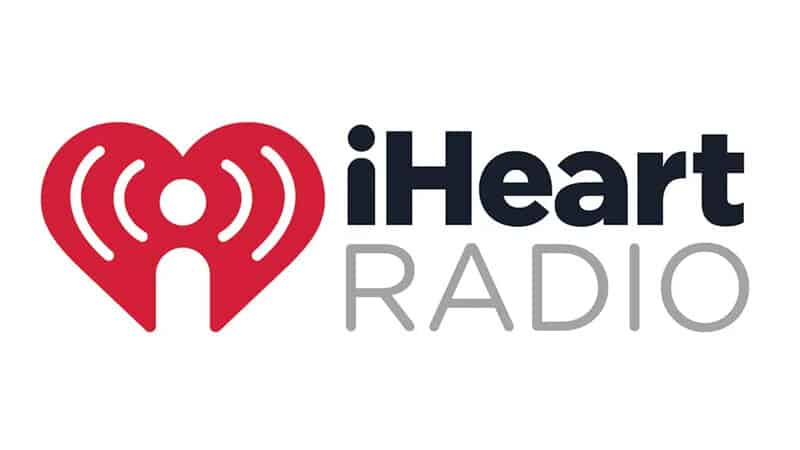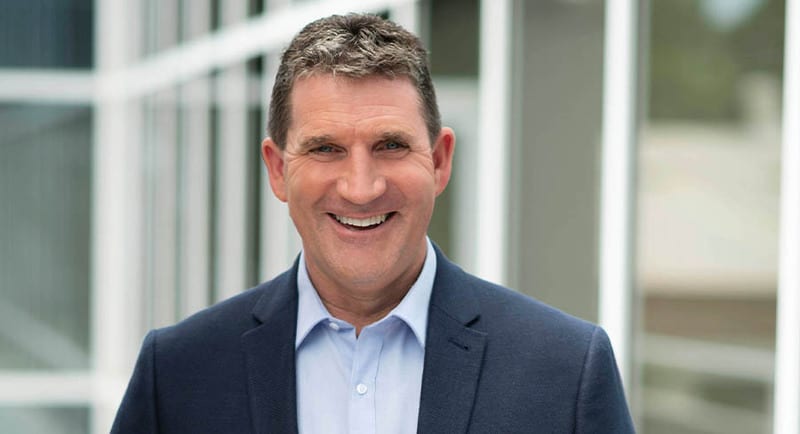HT&E, the parent company of ARN, released its half-year results on Thursday.
Overall, the results showed that ARN’s total radio revenues for Q3 is pacing +6-8% on the same time last year following a soft July advertising market. Growth is in both metro and regional markets and weighted more toward metro.
Mediaweek dug into the results and what they mean for the business with ARN’s chief executive officer, Ciaran Davis.
Going Regional
With the acquisition of 46 regional radio stations from Grant Broadcasters (now ARN Regional) going through on January 4th 2022, all eyes were on regional Australia in this update.

The integration program is ahead of schedule with ARN Regional radio revenues up 11%, delivering material cut through to EBITDA which is up 21%.
When asked how ARN planned to keep up the momentum it had built, Davis said that there are a lot of opportunities in the regional business that ARN plan on making the most of.
“The combination of a metro and regional play, the extended reach, the opportunities to provide national and network solutions to clients – we still see growth coming through.
“One of the objectives we had was to make sure that the regional business continued to perform as well as it had been before it was acquired, and it has.”
For the acquired stations, Davis says that a number of changes behind the scenes have already kicked in.
“We brought additional revenue pieces to them and we’ve integrated a lot of back end systems and organisational change – that can be difficult at times. But I’ve been very pleased with how that’s gone, and that’s thanks to everyone in the business who is still genuinely excited about what we’re trying to achieve here.”
With a host of new stations to work with across the country, Davis says that the strategy ARN is taking to the regional network really doesn’t differ from the metro strategy.
“What we’re focused on is quality content to drive audiences, and backing that up with really strong sales, acumen skills, integration ideas, strategy, mixed with a digital player that’s ever expanding. Whether it’s regional or metro, it’s the same strategy.”

One of the strengths of regional radio – no matter where you go – is its place in the local community it serves.
“From a community perspective, the connection that all of our stations have with their community is extraordinarily powerful,” says Davis. “In a world where we’re fighting against audiences and advertisers being grabbed by large global players – they cannot replicate what we do from a content perspective.
“You talk to any advertiser, and what they want is an attentive, engaged audience, and honestly, radio as a medium in Australia is incredibly powerful at delivering that.”
Investing in Digital
HT&E is investing an additional $7-8 million of operating expenditure in FY22 to expand its digital product offering. Whilst this is a significant investment, Davis says that the flip side is that the team are seeing significant return coming through.
“If you look at forecasts for the live stream market, and you look at the podcast market – it’s already accelerating this year. There’s also the investment that we’re making in CADA, which is our new youth platform – that’s only four months old, but already has grown to a weekly connection reach of over 3 million. We’re building something really different there that advertisers are starting to lean into, and we’re having conversations with advertisers that haven’t used traditional radio before. That’s very exciting.
“Between live streaming, digital audio content creation, our sales capability, and CADA – yes, it’s a big investment, but we absolutely think the return is there. Thankfully, those are all on track to deliver to plan at the moment.”
Earlier in the month, ARN’s iHeartRadio blew out nine birthday candles. Since launching in 2013, the platform has evolved to become an all-in-one radio, music streaming, podcast, and live events platform available to Australians in every state.
“The importance of iHeart for us cannot be underestimated,” says Davis. “We have access to global technology, AI infrastructure development, IP – we have full local control and monetization of that. I believe with iHeartRadio, we’re getting the best of both worlds.
“iHeart is a tremendously powerful vehicle and partner for us, and we have that exclusive licence for many, many years to come.”
See More: TikTok, Elf Radio, and the Metaverse: Celebrating nine years of ARN’s iHeartRadio

When it comes to the podcasting arm of the business, Davis says that it has become as important as both ratings and talent.
“In a short space of time, podcasting has become one of the main components of both our content and our monetization strategy.
“The wealth of content that’s out there is extraordinary. What we’re doing is making sure that we’re capturing the quality content, because that’s really what’s going to be the differentiator for us.”
Looking Ahead
Headlines have been springing up ever more frequently predicting an impending severe economic downturn. Despite the predictions, Davis remains positive.
“I’m really confident of radio’s role in whatever environment we have, because it’s well understood the role we play – and the radio industry delivers on that really well.
“Audience numbers have never been as high, we recorded nearly 12 million listeners. The length of time listening is extremely favourable compared to the consumption of other media at all ages.”
With sights now set on the end-of-year results, Davis says that there are a handful of areas that the business will be focussing on in particular in the foreseeable future.
“The integration job is not yet done, we still have more to do. We combined our agency sales team on the first of August – so now we have one team for sales, metro, regional, digital, and CADA. All the commercialization from an agency perspective sits under there, so we’re excited to see how that will do.

“I’m quite excited to see how we can accelerate our digital audio strategy from a content and monetization perspective. We’ve brought new people into the business with different skill sets, and that’s already been illuminating.
“We’re continuing to invest in CADA, which I think is probably one of the most exciting things that have happened in Australian media for a long time. We’re now starting to really engage with a very difficult-to-reach audience. It’s a different model for a traditional radio broadcaster to use, but to grow the audience that we have, and to be as multi-platform as we are, and to have the core product be well received – that actually fills me with a lot of confidence.”
